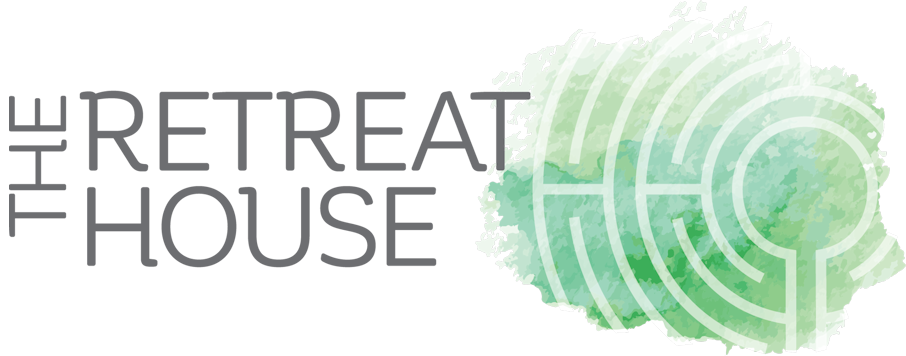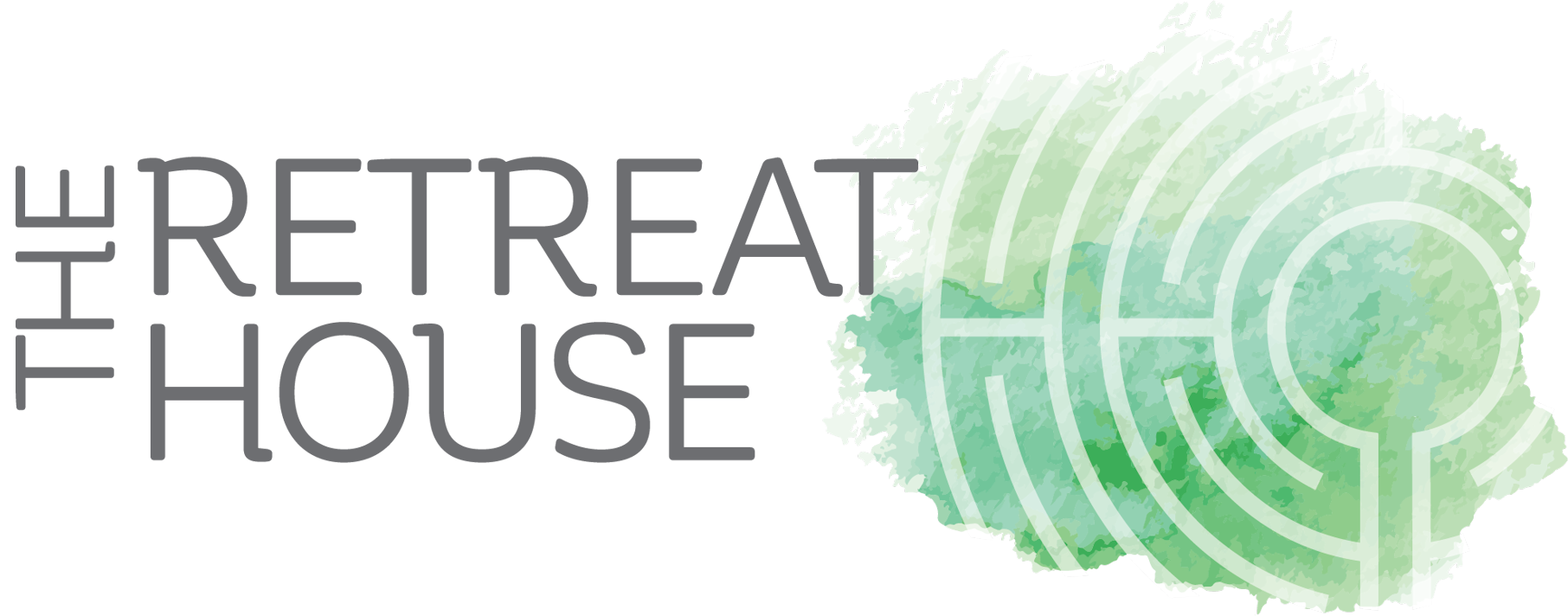By Heather Hall
When you hear the word “retreat,” you probably think of the military term for giving up ground and returning to safety. Maybe, with all the talk of global warming, you picture receding glaciers.
What if retreat is a noun, not a verb? Imagine retreat as refuge or sanctuary; a place to rest and rejuvenate.
To be “on retreat” – for a few hours, a day, a weekend or more – is to step outside of your routine, open yourself to divine inspiration, and take time to fill your cup. When you accept an invitation to retreat, you’ll ease into “kairos” (or qualitative) time and forget about “chronos” (or quantitative) time for a while.
Recently, I accepted an invitation to take a private retreat at the Retreat House in Hillsboro.
The invitation and timing were Spirit led.
I was coming up on the 20th anniversary of the death of my Mom and I felt more nostalgic than I had since the 1st anniversary of her passing.
At that time, I was living in Anchorage, Alaska and had never been on a retreat. But, even then, I knew I needed to get in touch with my feelings, to honor the impact Mom’s life and death had had on me. I booked a long weekend at the “end of the road” (Homer, AK) and spent that time walking the beaches, telling our story to the wind and the birds.
This year, living in her house, I needed a change of scenery. Due to the pandemic, I hadn’t been anywhere or done anything outside of a Zoom room for a full year. As I pondered options which might feel safe and be accessible, Francie Thayer (Director) emailed friends of the Retreat House, reminding us that the private hermitages were available and operating under a COVID-safe program. I knew this was an answer to my prayer and I scheduled Friday through Monday, in honor of my last days with Mom.
The first retreat I ever attended, in the early 2Ks, was a structured weekend at the Episcopal church near my home in Anchorage. We would come together on Friday evening, to get acquainted, acclimated, and break bread together. On Saturday, we would arrive early for a full day of engagement, experience, and reflection. As an extreme introvert, I’d prepare myself by packing a journal and a book to read (just in case); reminding myself that home was just a few blocks away, so I could check out any time I chose to.
That experience taught me that there was something special about coming together with a group of people and sharing our stories. It wasn’t long before I was on the leadership team of (what was now) my church and helping to create these safe spaces for others.
By the time I signed up for my first overnight retreat, I was hungry for refuge and sanctuary. I was trying to find balance in a life and career which was topsy turvy. I had just completed a 4 year program (Education for Ministry), which gave me great depth of knowledge and experience in spirituality, but I knew my cup was empty and I needed to reconnect with my Source.
Knowing it would take me a few days to get grounded, I signed up for an 8 day, silent Ignatian retreat. This retreat was based on a simple, daily structure: coming together for morning and evening prayer, scripture readings, spiritual direction, and hours alone for prayer and meditation. The only conversation was during lunch and dinner which, though intentionally subdued, seemed like too much after a few days. (To be transparent, the retreat center is just a few miles up the hillside, overlooking my home. It was peak season at work and I wasn’t sure I could give up my laptop, internet and all connections to the mundane world. Amazingly, the world went about its business and I was not distracted during my time upon the hillside. I didn’t even read the stack of books I’d brought with me.)
My next retreat combined arts & crafts with spiritual formation, but was farther away. As a fan of the Saint John’s Bible and Seeing the Word, I enrolled in Praying with Imagination. Based in Minnesota, this weeklong program included daily classes in arts (e.g., calligraphy, painting, paper marbling, bookmaking), tours (e.g., the Abbey, Library, Pottery) and training with visio divina. We were invited to pray with the monks each morning and evening. And there was plenty of time for private reflection each night.
As much as I enjoy the structure of these retreats, I’ve also found serenity spending a few several days alone, seemingly with “nothing to do,” on a private retreat. The trick, if you want to call it that, is to allow time for the shift from “Doing” to “Being.”
If you’ve never gone on retreat, please note that this is not like vegging out on the sofa with your favorite snacks and Netflix. Nor is this like taking the family to a tourist destination, seeing all the sites and doing all the things. In fact, the less Doing, the better!
Being on retreat is an opportunity to let your soul catch up with your body.
Being on retreat is a chance to experience time-out-of-time, remember your purpose, and fill your cup.
Being on retreat is a time for turning off all the devices and distractions, listening for the still, quiet voice of your Source.
Every retreat – even those which are structured – is a unique experience. And every retreat – whether it’s a few hours, days or weeks – has the potential to transform you.
In the case of my recent retreat, I brought a few photos from the final weeks of Mom’s life, along with supplies to make a small keepsake album. They inspired my journaling, reminding me of precious moments during those final days. Walking the grounds, journeying through the labyrinth, sitting in the old church – no agenda, no appointments – reconnected me with memories. On this retreat, I recognized the decades-long arc of my own transformation. After all these years, I gain new insights by stepping out of my routine, willing my body to move at the speed of my soul.



Leave a Reply
You must be logged in to post a comment.